-
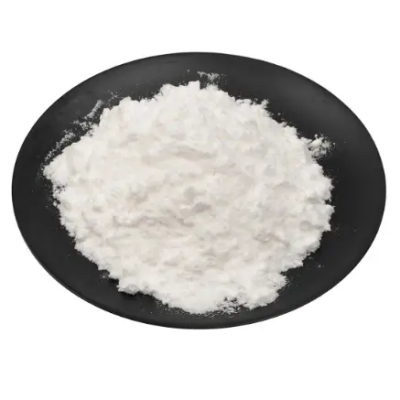
Malonamide CAS:108-13-4
Malonamide is a compound with the chemical formula C3H6N2O, known for its application as an intermediate in organic synthesis. It consists of two amide groups attached to a malonic acid backbone. Malonamide is commonly used in pharmaceutical research and agrochemical industries due to its versatile reactivity and ability to form complex molecular structures.
-
![H-Pyrrolo[2,3-b]pyridine,4-bromo- CAS:348640-06-2](https://cdn.globalso.com/xindaobiotech/1PVCWDXWOHHKL3W5QF_O26.png)
H-Pyrrolo[2,3-b]pyridine,4-bromo- CAS:348640-06-2
H-Pyrrolo[2,3-b]pyridine, 4-bromo- is a chemical compound with the molecular formula C9H6BrN. It belongs to the pyrrolopyridine class of heterocyclic compounds and features a bromine atom at the 4-position. This compound is known for its structural complexity and significance in organic synthesis. H-Pyrrolo[2,3-b]pyridine, 4-bromo- serves as a valuable building block in the preparation of diverse molecules due to its unique reactivity and potential applications.
-
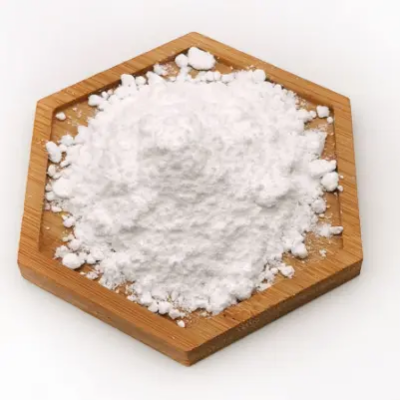
Methyl4-amino-2-methoxybenzoate CAS:27492-84-8
Methyl 4-amino-2-methoxybenzoate is a chemical compound with the molecular formula C9H11NO3. It consists of a benzoic acid derivative substituted with an amino group at the 4-position and a methoxy group at the 2-position. This compound exhibits unique chemical properties that make it valuable in various organic synthesis reactions and research endeavors.
-
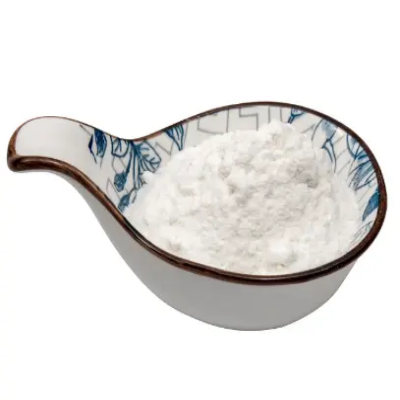
triethylamine–borane CAS:1722-26-5
Triethylamine–borane is a chemical compound with the formula C6H15BN. It is a versatile reagent composed of triethylamine coordinated to borane. This compound serves as a mild reducing agent commonly used in organic synthesis for various transformations. Triethylamine–borane exhibits unique properties that make it valuable in reducing carbonyl compounds, imines, and other functional groups while maintaining high selectivity and efficiency in chemical reactions.
-

QuetiapineFumarate CAS:111974-72-2
Quetiapine fumarate is a pharmaceutical compound used for the treatment of psychiatric disorders such as schizophrenia and bipolar disorder. It belongs to the class of atypical antipsychotic medications and works by affecting the actions of certain chemicals in the brain that are associated with mental illnesses. Quetiapine fumarate is available in various formulations and dosages prescribed by healthcare professionals based on individual patient needs.a
-

7-Bromo-2-naphthalenol CAS:116230-30-9
7-Bromo-2-naphthalenol is a chemical compound with the molecular formula C10H7BrO. It belongs to the class of brominated naphthalenol derivatives and is commonly used as a versatile building block in organic synthesis. This compound is known for its bromine substitution on the naphthalenol ring, which imparts unique reactivity and properties suitable for various chemical reactions and applications in research and industry.
-
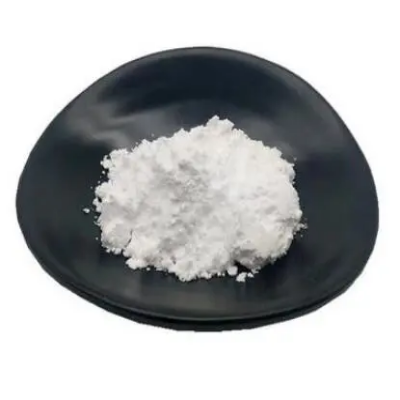
6-Bromoisatin CAS:6326-79-0
6-Bromoisatin is a chemical compound with the molecular formula C8H5BrNO2. It belongs to the class of isatin derivatives, containing a bromine atom at the 6-position of the isatin ring structure. This compound is known for its unique properties and biological activities, making it a valuable tool in various research fields such as medicinal chemistry and bioorganic chemistry.
-
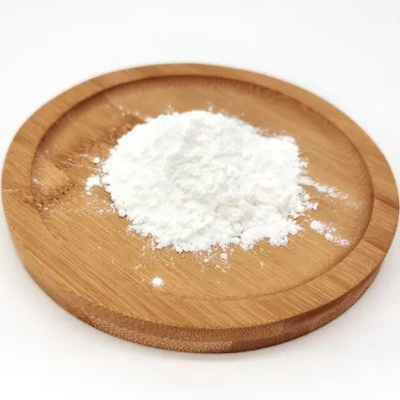
4-CYANO-4-(4-FLUOROPHENYL)CYCLOHEXANONE CAS:56326-98-8
4-Cyano-4-(4-fluorophenyl)cyclohexanone is a chemical compound with the molecular formula C16H14FNO. It is a derivative of cyclohexanone containing a cyano group and a fluorophenyl substituent. This compound exhibits interesting structural features and diverse properties, making it a valuable intermediate in organic synthesis and medicinal chemistry research.
-
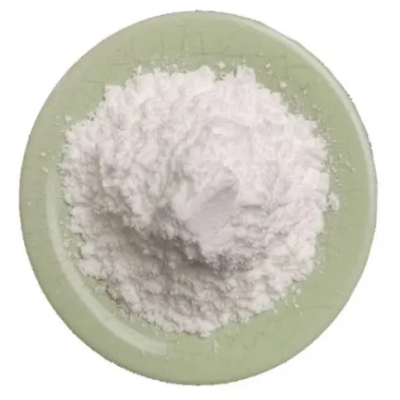
Ethyl2-(triphenylphosphoranylidene)propionate CAS:5717-37-3
Ethyl 2-(triphenylphosphoranylidene)propionate is a chemical compound with the molecular formula C23H21O2P. It belongs to the class of phosphoranylidene-containing compounds and is characterized by the presence of a triphenylphosphoranylidene group attached to a propionate moiety. This compound is recognized for its unique structural features that make it a valuable building block in organic synthesis and coordination chemistry, offering diverse reactivity and applications.
-

4-Amino-5-ethylsulfonyl-2-methoxybenzoicacid CAS:71675-87-1
4-Amino-5-ethylsulfonyl-2-methoxybenzoic acid is a chemical compound with the molecular formula C11H15NO5S. It is commonly used as an intermediate in organic synthesis due to its unique structure containing amino, ethylsulfonyl, and methoxy groups on a benzoic acid backbone. This compound is often utilized in pharmaceutical research and drug development processes.
-
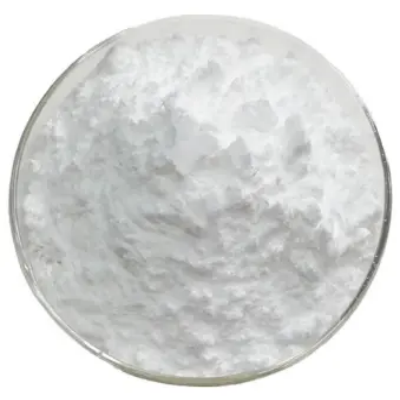
Ethyl2-cyclohexanonecarboxylate CAS:1655-07-8
Ethyl 2-cyclohexanonecarboxylate is a chemical compound with the molecular formula C11H18O2. It is widely used in the fragrance and flavor industry as a key intermediate in the synthesis of various aromatic compounds due to its pleasant odor profile. This compound is also utilized in organic synthesis for producing fine chemicals and pharmaceutical ingredients.
-
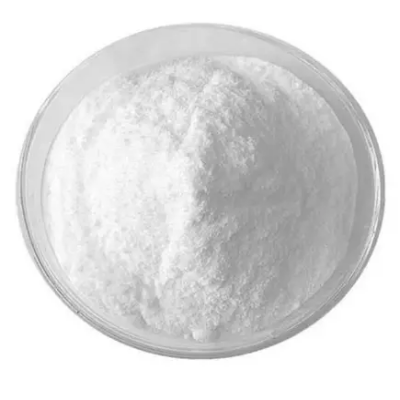
Famciclovir CAS:104227-87-4
Famciclovir is an antiviral medication used in the treatment of herpes viruses, including herpes simplex and varicella-zoster (shingles). It belongs to the class of medications known as nucleoside analogs and works by inhibiting the replication of viral DNA, thus reducing the severity and duration of viral infections.

